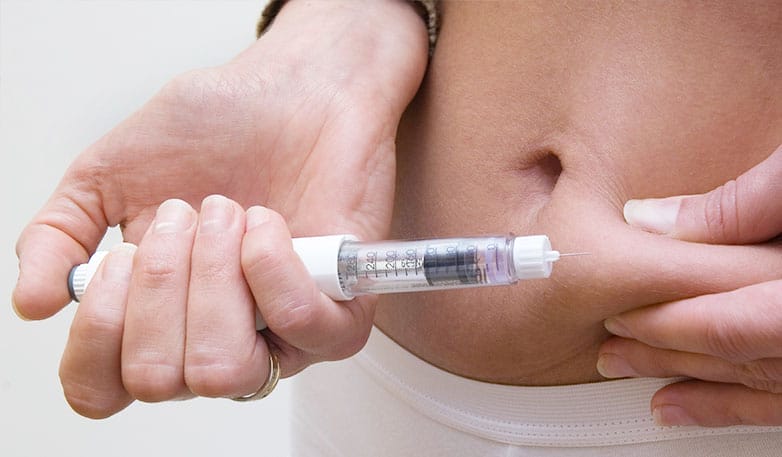Injectable Drug Delivery conference
Management Forum’s Injectable Drug Delivery conference in London last week really highlighted the importance of parenteral drug delivery both now and in the future. Half of the top ten drugs on the market are delivered parentally, and pharmaceutical companies have over 550 biologics in development pipelines, almost all of which will have to be delivered parentally. The importance of delivery devices is thus paramount.

As the industry is looking at ways to deliver larger volumes and viscous drugs in order that drugs can be given less frequently, innovation in devices is going to be key. At the sophisticated end of the spectrum, Sanofi, for example, recently launched the first talking injection device for the emergency delivery of epinephrine during anaphylaxis. The diabetes pump market also has a number of sophisticated devices which are gaining wide acceptance by diabetics. They deliver insulin in a steady stream, a profile which more closely resembles the pancreas, rather than a series of individual bolus doses which the patient gets when delivering from a pen injector or syringe. However, the spring driven auto-injector still has increasing usage for its usability, reliability, simplicity and cost benefit. Indeed, simplified devices which offer the patient ease-of-use and needle safety are also increasingly important, especially in cost-sensitive applications. In particular, needle safety features will reduce the chances of transmission of blood-borne diseases through needle-stick injury.
The industry is looking at ways to deliver larger volumes and viscous drugs in order that drugs can be given less frequently.
At Sagentia we see devices playing a key part in achieving these requirements by providing patients with systems which control the rate at which the drug is delivered to minimize discomfort and pain. Regulatory processes and standards are evolving rapidly to cover the new types of device which are now in development and hitting the market and these will help to ensure that devices are easy for patients to use and are safe.
In the future, we believe the device will provide the link between the pharmaceutical company, the healthcare provider, and the patient. The device will help the patient with compliance and will give the provider information about patient usage. No longer will the pharmaceutical industry be a supplier of chemicals, it will increasingly be required to interface with medical devices.
Greg Berman
Sagentia
